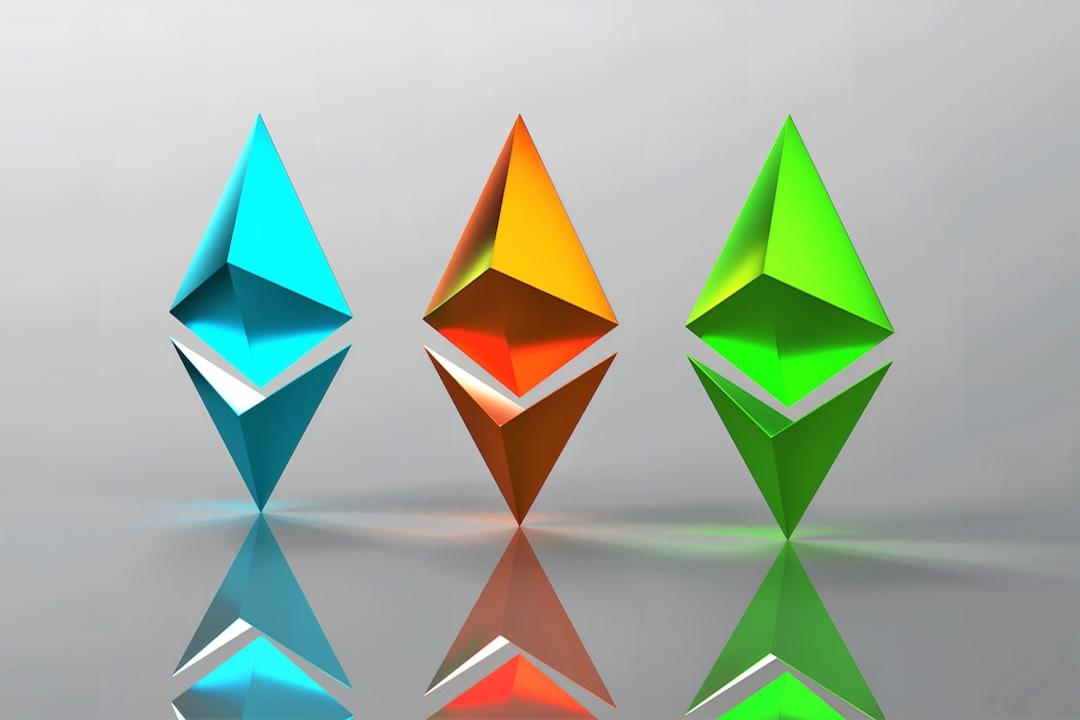As long as DeFi outperforms other tokens for a period, others will experience FOMO. This article is derived from a tweet by Ignas and Stacy, edited, translated, and written by Blockbeats.
(Previous context:
Analysis of Curve founder’s liquidation incident: The third round of DeFi defense, why is he indifferent?
)
(Background supplement:
Veteran DeFi entering RWA: Can TrueFi’s on-chain credit protocol successfully break through?
)
Table of Contents
– Shift from Narrative to Product-Market Fit
– Projects Will Have Clearer Indicators to Measure Success
– More Lenient Digital Asset Financing Environment
– Booming M&A Market
– Are DeFi Tokens at Fault?
During this cycle, the most active areas for degens are airdrop mining and meme coins, while DeFi tokens seem to be on the decline. However, under the staking narrative, Pendle remains well-insured, rising by about 750% over the same period, and Uniswap’s fee switch could become a turning point for other DeFi protocols to follow.
DeFi researchers Ignas and Stacy discussed recent trends, noting that no game-changing altcoin season has occurred yet. But Ignas remains bullish on DeFi, and BlockBeasts has translated the original text as follows:
The OG tokens in the DeFi (decentralized finance) field seem to be dead.
But the market is about to undergo a major shift, with a new wave of FOMO heading towards DeFi. Here are the reasons why DeFi is about to rise:
DeFi tokens have significantly underperformed compared to ETH. The DeFi Pulse Index (DPI) has been declining relative to ETH for three consecutive years. During this cycle, ETH itself has also underperformed BTC. The DPI includes tokens like UNI, MKR, LDO, AAVE, SNX, and PENDLE.

The only exception is PENDLE, which has risen by about 750% over the same period.
Why Pendle? The answer is multifaceted. They found a strong product-market fit (PMF) during the points meta period.
Airdrop mining and meme coins are the most active areas for degens in this cycle.
Airdrop mining has reached a tipping point: low-circulation projects initiate airdrop sell-offs, and high FDV means more tokens will continuously be sold into the market. But no one wants to buy these tokens! Additionally, behind every successful meme coin, there are 99 that go to zero.
DeFi OG tokens are the opposite of airdrop mining and meme coins:
First, a large number of DeFi OG tokens are already circulating in the market. For example, the market cap / fully diluted valuation (MC/FDV) ratios are:
– SNX – 1
– MKR – 0.95
– AAVE – 0.93
– LDO – 0.89
– UNI – 0.75
This results in less selling pressure from holders. The opposite continues in token issuance: in just 6 months, we have minted over 540,000 new tokens. Traders’ attention and capital are spread thin. However, only a few DeFi OG tokens have solid businesses and revenue sources. If capital starts to flow in.

Meme coins thrive in financial nihilism and a repressive regulatory environment. However, regulatory clarity could bring about the biggest bull market, driven by the following factors:
– Shift from narrative to product-market fit (PMF)
– Clear indicators of success
– Easier access to funding
– Booming mergers and acquisitions (M&A) market
Refer to the tweet by Felix Hartmann, Managing Partner at Hartmann Capital.
If regulatory clarity is achieved, the digital asset market could transform in a way that initiates the largest bull market to date. Several predictions stand out:
DeFi has the most clear product-market fit (PMF) in the crypto space: we trade on decentralized exchanges (DEX), lend in lending markets, use DeFi stablecoins or LST as collateral, etc. Additionally, veteran DeFi teams have substantial financial reserves—they can continue development for years without selling tokens.

The problem with DeFi tokens is their lack of practical use. However, this is beginning to change: Uniswap’s fee switch could become a turning point for other DeFi protocols to follow, with UNI surging after this news. Additionally, regulatory clarity could accelerate the trend of revenue sharing.
Another issue is that DeFi 1.0 was too boring. But as long as prices rise, new things are always interesting. However, DeFi tokens have withstood the test of time. They survived the 2020 pandemic crash and the 2022 centralized finance (CeFi) collapse. As @sourcex44 said, “the only real audit is the test of time.”
I believe DeFi tokens are now a good counter-trend trade. Currently, very few people hold the original DeFi tokens, just like we accumulated ETH during the bear market only to see SOL rise. So, if the trend changes, only a few OG tokens can attract capital inflows.
Timing is crucial. We are at a turning point, tired of new L2s, celebrity coins, and waiting to see what’s next. Perhaps the “next” will be the veteran DeFi tokens? I believe they have great explosive potential.
This post is a response to Stacy’s concerns about DeFi tokens. Most of these tokens are boring, but if they have solid businesses, good financials, and with regulatory clarity and increased token utility, DeFi could rise again.
Apologies for the clickbait, but I do believe DeFi has a chance for a major revival. Narratives in the crypto space change quickly, and the rotation of capital will leave many on the sidelines.
Currently, meme coins are in the spotlight, and you might laugh at my optimism for DeFi. However, the fundamentals are solid. The important thing is for others to start believing in its importance, and this belief may return faster than you think. As long as DeFi outperforms other tokens for a period, others will experience FOMO.

Related Reports
What is Modular Lending, and Will It Become the Next DeFi Hotspot?
The Latest Hedging Strategies in the DeFi World | OKX Web3 & BlockSec Security Special: All Whales Please Note
Jupiter Founder: DeFi and Meme Coins Lead Decentralization, But Global ETF Craze Is Worrying


